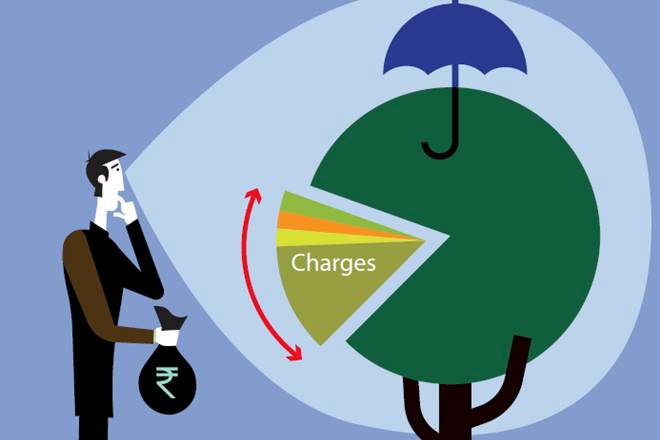In the current financial market, making investments is extremely important to battle the inevitable inflation. It is also important to choose a form of investment that suits your risk appetite. A Unit Linked Insurance Plan, or ULIP, is one such type of investment plan that can spread your invested funds as per your risk appetite. When you invest in them, a part of your ULIP funds is used to provide life insurance, and the other part is invested in debt funds, equity, or balanced funds. The insurance provider levies some charges for their services. A part of these ULIP charges is taken from your premium and some of it is taken via cancellation of units from your fund. Let us take a detailed look at some important ULIP charges to understand them better.
ULIP charge structure every investor should know
Fund management charges – These ULIP charges are levied by the insurer for managing your funds. To combat heavy fund management charges by insurers, the IRDA has mandated a 1.5% limit on them. These charges are deducted before calculating the NAV of the ULIP plan.
Mortality charge – This charge refers to the amount of your premium that is directed mainly towards building your life cover. The higher the sum at risk for your plan, the more will be the mortality charge. Depending on the plan, this charge may reduce over time.
Partial withdrawal charges – ULIPs have a lock-in period of 5 years during which you cannot withdraw any returns you may have made. Once the lock-in period is over, you can make withdrawals from the ULIP funds that have accumulated over time. However, in some cases, you will be able to withdraw from the third year onwards with the conditions that certain charges are paid. The amount of these ULIP charges will be pre-specified.
GST (Goods and Services Tax) – When you invest in ULIPs, your insurer will charge you for providing a few facilities. For all of these facilities, you will also be required to pay Goods & Services Tax. Some of the facilities whose charges include GST are premium allocation, policy administration, surrender of funds, and so on.
Premium redirection charges – One of the features of ULIPs is that they give you the option to redirect your investment into a different fund. However, this feature comes with a charge. Let us understand this with an example. Suppose when you invested in a ULIP, you put your premium in Fund A. After some time, you want to start investing in Fund B. Now, ULIP allows you to redirect your future premium payments from Fund A to Fund B. But for this premium redirection, you will be levied some charges.
Rider Charges – As you may be aware, ULIPs provide a combination of market-linked investments and life insurance cover. When you invest in a ULIP, you also purchase a life insurance cover for yourself. For this life insurance cover, you can then also purchase riders, which ensure better financial safety for your family in case of an eventuality. The charges of this rider will be deducted from your premium once you purchase them.
Switching Charge – ULIPs not only allow you to redirect premiums from one fund to another but also switch between investment options. If you have been investing all of your ULIP funds in equity, and wish to switch to debt funds, you have the option to do so. However, for this switching, you may incur charges. Some insurers offer free switches for as multiple times a year.
Guarantee Charges – ULIP returns are affected by the ongoing market conditions. However, there are some ULIP policies that guarantee high returns but after a specific period of time. For these guaranteed high returns, you will have to pay the guarantee charges of the ULIP.
Are ULIP charges worth it?
The short answer is a ‘yes’. Many people get intimidated by the number of charges that ULIPs have. However, if you look at the benefits that ULIPs provide, such as high chances of good returns mingled with the security of a life insurance policy, the several ULIP charges do seem worth it.
To get a clear answer on the same, it is best to consult a financial expert.












